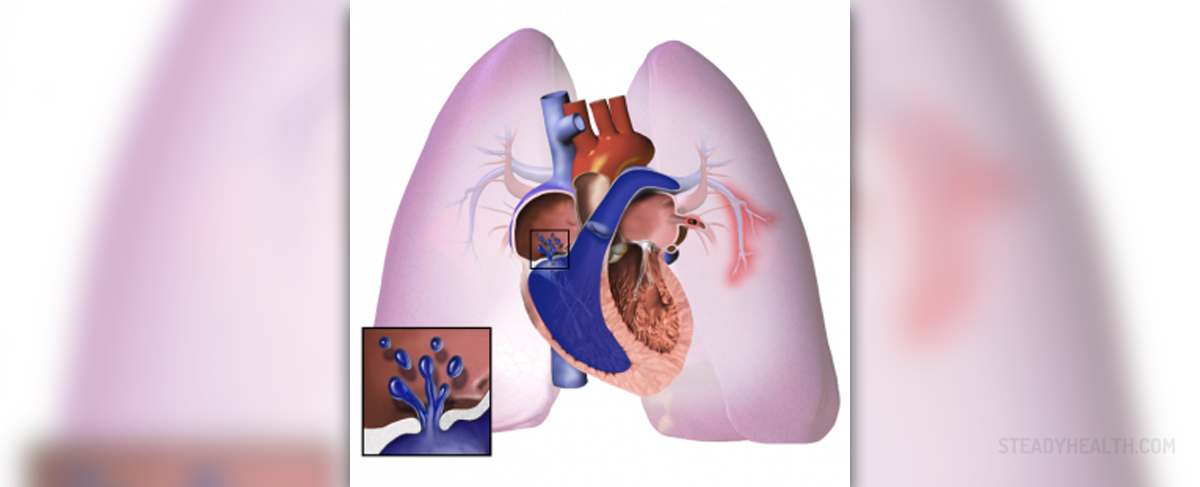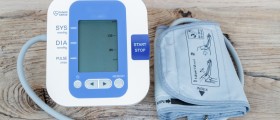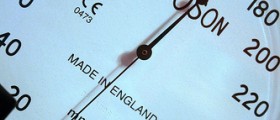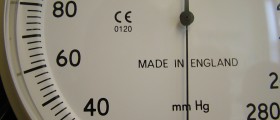
Clinical Characteristics of Pulmonary Hypertension
Symptoms and signs usually occur once the disease has significantly progressed. They include shortness of breath (at first while exercising and later even when resting), chest pressure, chest pain, fatigue, dizziness, syncope, swelling of the ankles and legs and ascites. Lack of oxygen eventually leads to cyanosis (bluish discoloration of the skin). Rapid pulse and palpitations are two more characteristics of pulmonary hypertension.
Drug Therapy for Pulmonary Hypertension
There are many medications prescribed to patients suffering from pulmonary hypertension.
Vasodilators are drugs that widen the blood vessels. This way they allow for more blood to enter the lungs and be oxygenated. The most common vasodilator used for pulmonary hypertension is epoprostenol. This medication is administered via intravenous catheter with the assistance of a pump. The pump is worn in a pack on the belt or the shoulder. Only this way the drug is continuously distributed in desirable doses. Epoprostenol is generally prescribed to patients suffering from primary pulmonary hypertension as well as those who do not respond to other medications. Iloprost is another highly effective drug. It can be easily administered through a nebulizer.
Furthermore, endothelin receptor antagonists can also be prescribed. These drugs act against endothelin, a substance responsible for narrowing of the blood vessels. They are never prescribed to pregnant women. Sildenafil and ambrisentan are two more drugs that increase the blood flow in pulmonary arteries.
Many patients suffering from pulmonary hypertension may benefit from high doses of calcium channel blockers. Even though these drugs (amlodipine, diltiazem, nifedipine) help relax the narrowed blood vessels they are not effective in all patients. In order to prevent blood clot formation a doctor may prescribe anticoagulants. Diuretics are of additional help. They reduce the volume of the circulating fluid and subsequently reduce the hypertension. And finally, in certain cases patients require oxygen therapy. This treatment is generally recommended for patients whose pulmonary hypertension is associated with high altitude and sleep apnea.
Because all of the mentioned medications have many side effects the doctor monitors patients and performs specific tests. This way he/she has an insight in the treatment efficacy and may timely identify potential complications.
- www.nhs.uk/conditions/pulmonary-hypertension/treatment/
- medlineplus.gov/ency/article/000112.htm
- Photo courtesy of BruceBlaus by Wikimedia Commons: commons.wikimedia.org/wiki/File:Pulmonary_Hypertension.png

















Your thoughts on this
Loading...